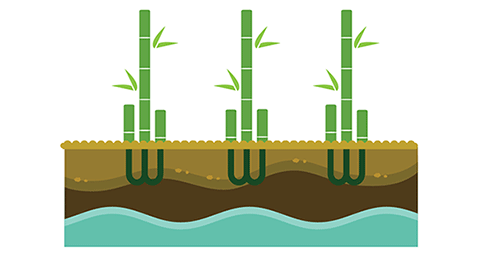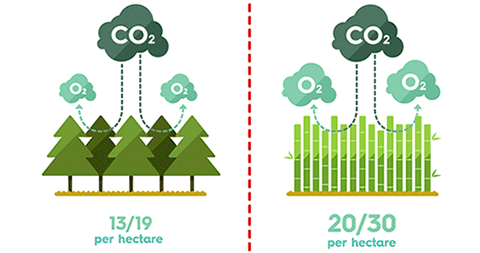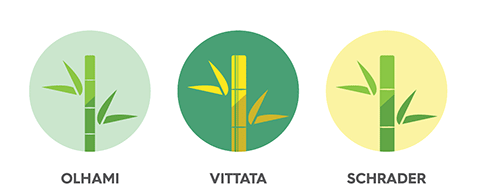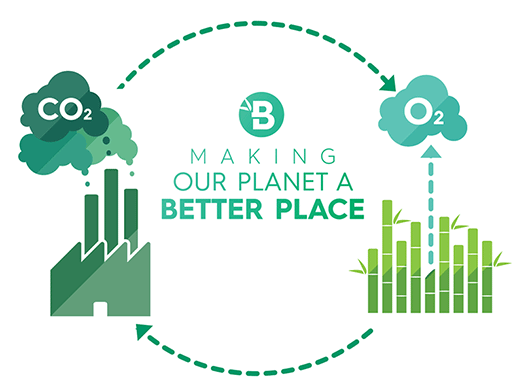WHY
BAMBOO?
WHY
BAMBOO?
WHY BAMBOO
Human society's current demand for energy is at its highest level in history and, as fossil fuels are in the verge of extinction, most of our sustainable options are failing to meet our needs.

However, through biomass, bamboo is the most comprehensive and effective answer known to mankind to solve the global environmental crisis and satisfy the energy needs.
BAMBOO
By its genetic makeup, bamboo is considered a type of grass; therefore it possesses the following characteristics:

RAPID GROWTH
Under ideal conditions, bamboo grow so fast, you can almost see it grow with your own eyes. NAYM Plantation can regenerate to produce the same amount of wood, harvest after harvest, year after year.

SELF-SUSTAINING GROWTH
Bamboo roots absorb about 17 liters of water within the first 2 years of development, only to later deposit it back into the surrounding nutrient-rich soil and sustain its own growth.

WOOD-LIKE PROPERTIES
Depending on the type of cut used when harvesting, bamboo can be used as raw material for a wide variety of products like furniture and building materials.

CARBON CAPTURE
Bamboo recycles 35% more carbon dioxide than any other tree, thus producing more oxygen by means of photosynthesis. It continues this process throughout its entire life; unlike trees who slow down their carbon capturing rate once their development is complete.

PREVENTS SOIL DETERIORATION
Due to the growth characteristics of its roots, it restores and revives the land where it grows, infusing it with nutrients and regenerating its natural fertility.

FAST ADAPTABILITY
The vast versatility of bamboo enables hundreds of species to survive and reproduce in practically any climate condition of the world.

OUR BAMBOO
Out of the existing hundreds of bamboo species in the world, NAYM Plantation uses the 3 ideal species for optimal growth in the climate and geographic conditions of our plantations. These 3 species are Olhami, Vittata and Schrader.
THE GREENHOUSE EFFECT
NAYM Plantation is actively involved in minimizing the greenhouse effect caused by mankind’s uncontrolled emission of toxic gases. Our plantations absorb the CO2 generated during processing, thus creating more oxygen and cleaning up our atmosphere.
